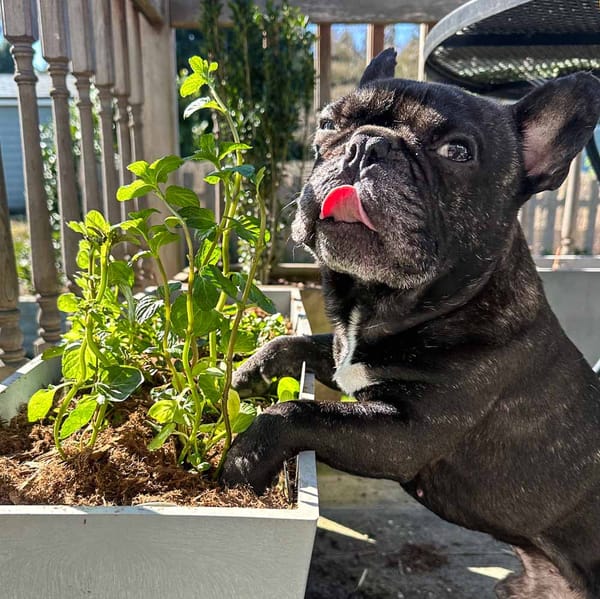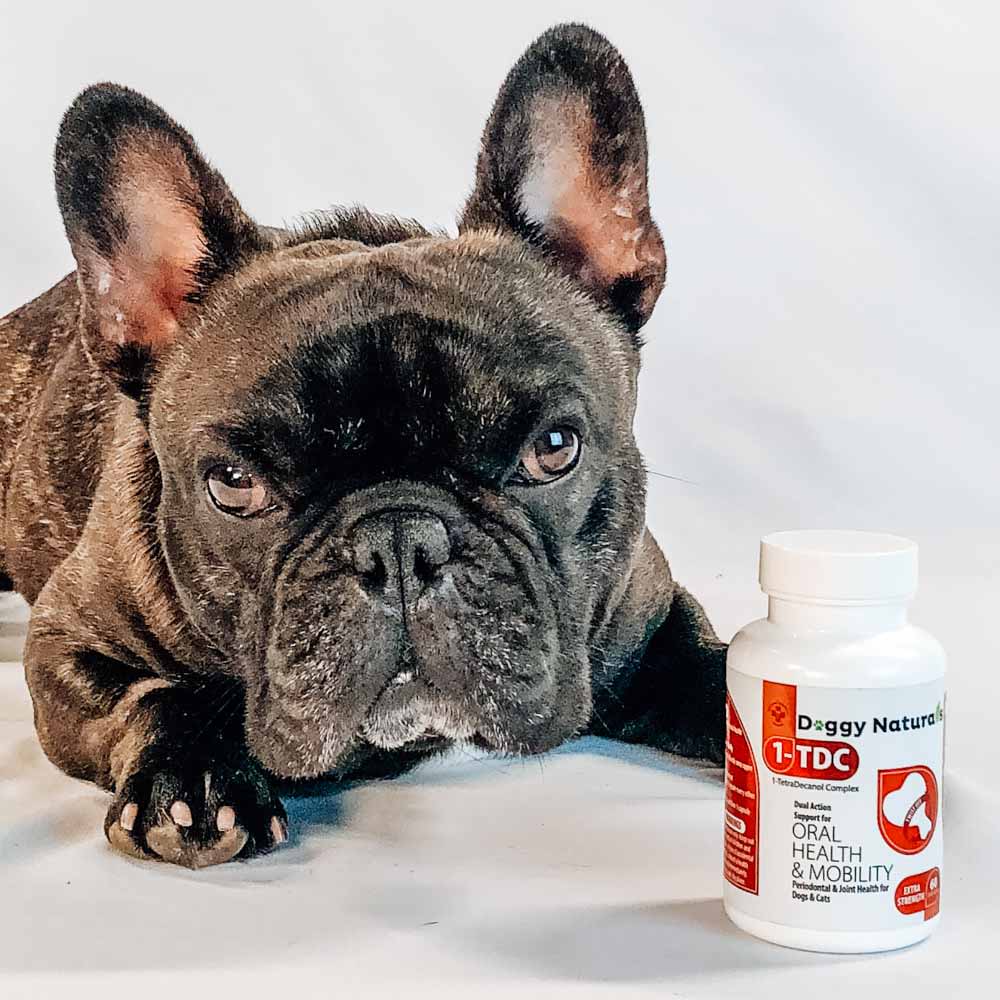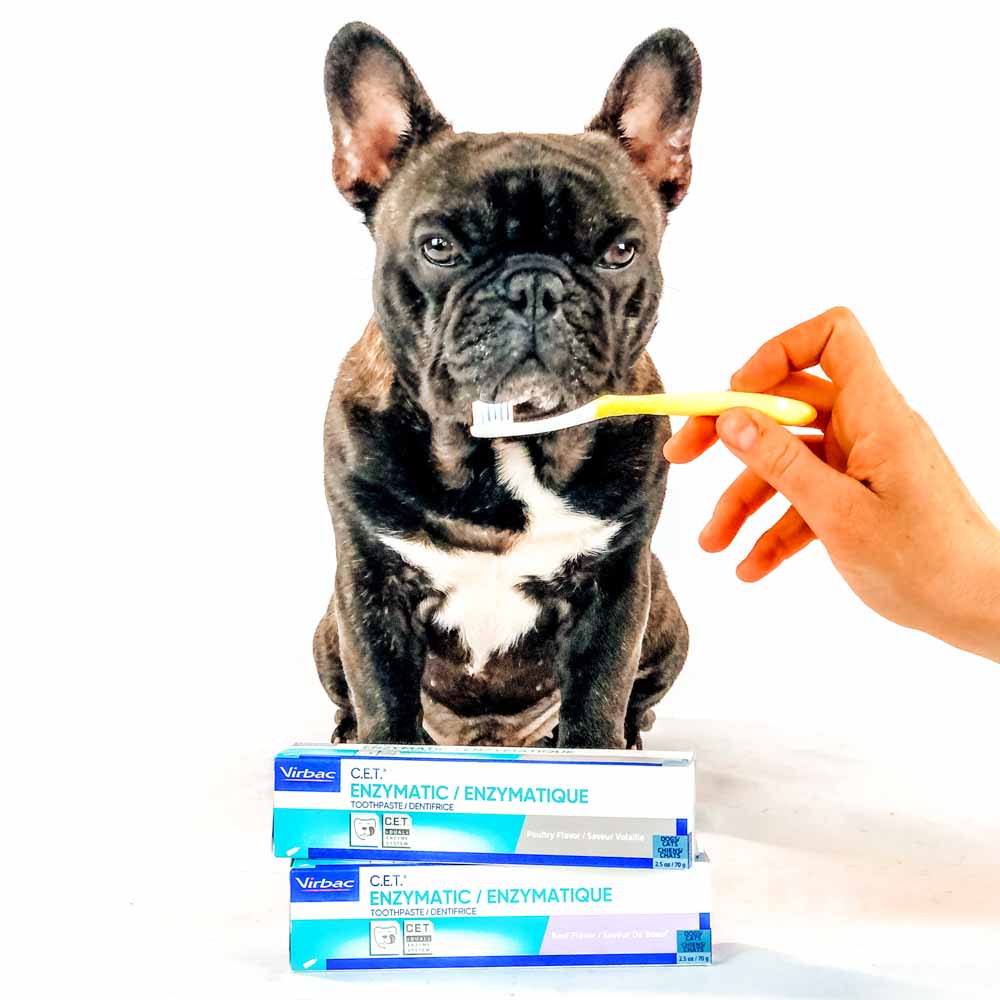How to Treat Food Allergies in Dogs
Seeing my dog's transformation was gut-wrenching. He weighed 20 pounds a few months ago. Now he had loose skin hanging from his limbs and barely weighed 14 pounds. After months of diagnostic tests and procedures, his diagnosis was "food allergies!"
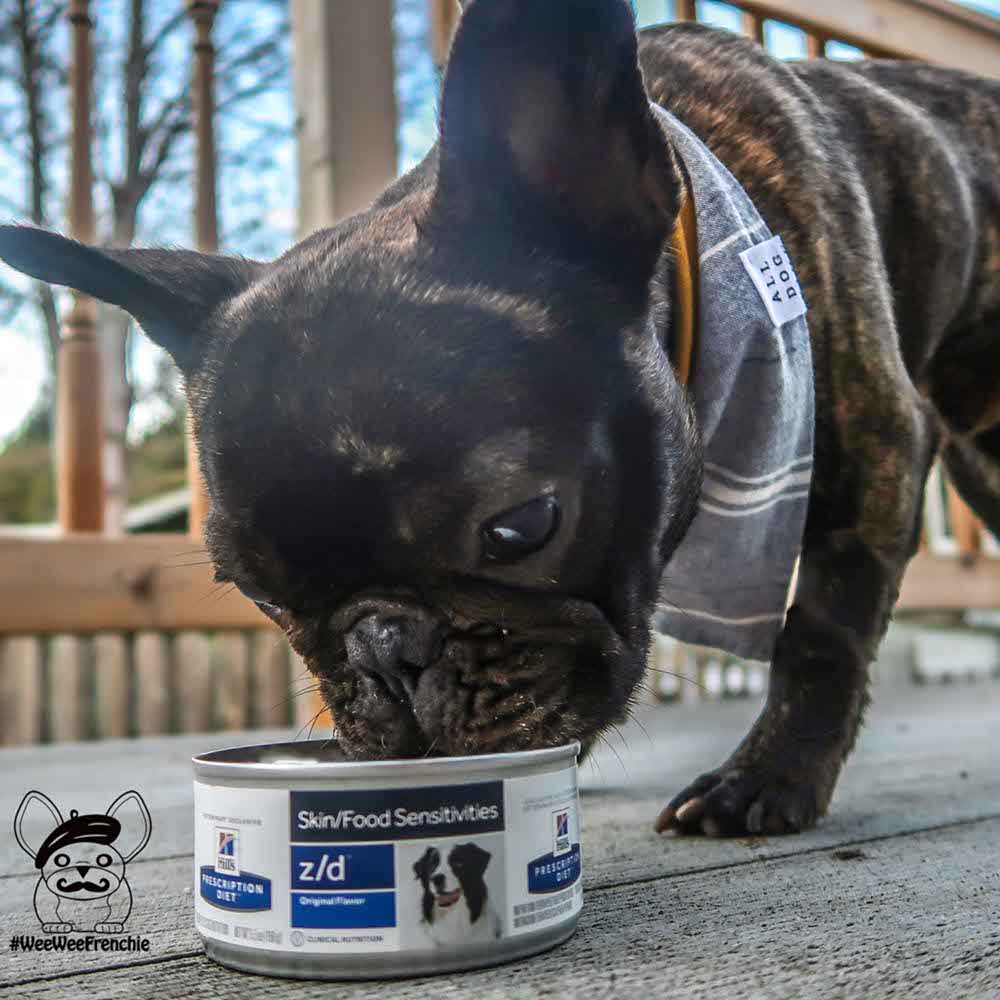
Food allergies present in a myriad of ways. Your dog could suffer from skin reactions, diarrhea, and even weight loss. Food ingredients that seem beneficial can be the cause of allergens in dogs.
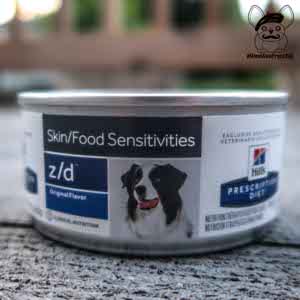
How to treat food allergies?
Food allergies can be treated with a hypoallergenic diet. This food contains homogenized protein that's broken down into tiny food particles. This makes the protein unrecognizable to the body and decreases the immune response. When the body stops overreacting, the body can heal.
Ingredient labels on hypoallergenic foods can have many surprises. They can contain allergens like corn starch or rice. These are very common food allergens for dogs. So why are these ingredients added to hypoallergenic food? It doesn't make sense to give your dog the ingredients that could cause an allergic reaction.
Even when eating the right food, it can take a few months for a food allergen to clear the body. That means your dog may be on a hypoallergenic diet for a few months before symptoms resolve.
When allergies have cleared, slowly reintroduce new ingredients into your dog’s diet. An allergic reaction can happen fast, like vomiting. Or allergic reactions can be slow, like hair loss or weight loss. Adding one ingredient at a time allows you to measure your dog's response.
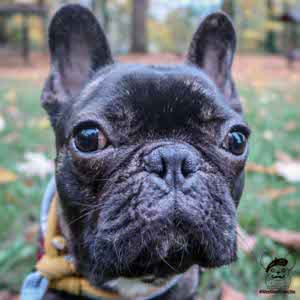
Is there another way to diagnose food allergies?
Rather than a food trial, you can also make things easier on yourself by using a saliva test. A saliva test analyzes for food allergies and takes about 2 weeks for results.
Blood tests aren't as effective as saliva tests when testing for food allergens. This is because food digestion starts in the mouth when chewing food. When chewing, enzymes are released and mix with saliva to start the first step in food digestion.
When compared to a blood test, saliva testing helps to identify the ingredients your dog should avoid. While it isn't 100% accurate, it saves time and lots of frustration.
Hemopet Nutriscan tests your dog’s saliva for food allergies. It analyzes for 24 common food ingredients that your pup could be allergic to. It takes about 2 weeks to get your sample analyzed, which compared to months of food trials, saves a lot of time.
Some pet insurances reimburse for allergy testing. Check with your pet insurance to determine if you could be reimbursed.
Food allergies can wreak havoc on your dog's health. Symptoms can range from mild to severe, and take months to resolve.
Hypoallergenic foods can help the digestive tract to heal but can contain allergens. Food trials take patience and months to complete. Saliva tests offer comprehensive results in a few weeks.
When it comes to your dog's diet, it can be frustrating, but it doesn't have to be.


